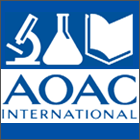 In the field of analytical chemistry, one of the important industry standards organizations is The Association of Analytical Communities – AOAC international. Founded in 1884, the organization has since developed and validated analytical methods for agriculture, pharmaceuticals, foods and other products for the United States and internationally.
In the field of analytical chemistry, one of the important industry standards organizations is The Association of Analytical Communities – AOAC international. Founded in 1884, the organization has since developed and validated analytical methods for agriculture, pharmaceuticals, foods and other products for the United States and internationally.
Pickering Laboratories began its collaboration with AOAC almost 30 years ago with the introduction of EPA official methods for Carbamates and Glyphosate analysis in water based on post-column derivatization. Our company organized workshops and training sessions to help implement these methods in government and private labs. Pickering Laboratories also started manufacturing reagents and other consumables for Carbamates and Glyphosate analysis methods so testing laboratories could have confidence in the quality and reproducibility of the solutions and save valuable time by avoiding making small batches themselves.
“Michael Pickering always supported the AOAC and the state labs in providing workshops and extensive support.” Laszlo Torma, Former Director of the Montana Department of Agriculture Analytical Laboratory. Laszlo continues “Michael made many enduring friendships because of his very personable and expert guidance.”
Pickering Laboratories was invited to present workshops at many of the AOAC regional section meetings. At the Midwest AOAC, Pickering Laboratories organized workshops for Amino Acids Analysis and Multi-Residue Mycotoxins Analysis in foods. At the Pacific Northwest AOAC meeting, Pickering Laboratories presented a workshop on the Paralytic Shellfish Toxins Analysis with HPLC and post-column derivatization. This was one of the critical steps in the transition to requiring this new post-column method and replacing the mouse bio-assay for analysis of Paralytic Shellfish Toxins.
Pickering Laboratories has also participated in several multi-lab collaborative studies organized by AOAC and our chemists have published many method validations in the Journal of AOAC International. Our post-column method for Multi-Residue Mycotoxins Analysis was awarded the ‘Single Laboratory Validation of the Year’ distinction by AOAC in 2009.
AOAC continues its great work as a leading standards-developing organization by assembling Stakeholders Panels that consist of representatives from industry, testing laboratories, researchers and government organizations to determine the needs for new methods. Vetted chemists are invited to join Expert Review Panels, who evaluate these incoming new methods to determine they are scientifically sound, reproducible and rugged. Expert Review Panels make the final determine if the method can be granted an official AOAC method status.
Today, Pickering Laboratories continues our legacy of AOAC collaboration with Dr. Maria Ofitserova, our Senior Research Chemist, who is empaneled on several committees.
- AOAC Stakeholder Panel on Dietary Supplements (SPDS)
- AOAC Stakeholder Panel on Infant Formula and Adult Nutritionals (SPIFAN)
- Expert review panel for SPIFAN
The futures for AOAC and Pickering Laboratories are both dependent on the collaboration of standards bodies and the industries that rely on them for the creation and validation of methods that enable the analyses required to keep our foods and drugs safe.


 Pickering Labs would like to congratulate the winners of our last newsletter’s Shifting Retention Times–Carbamates Quiz: David Green from Pepperdine University, Jeff Fan from Cumberland Valley Analytical Services, Karissa Scroggins from North Coast Laboratories, Jim Balk from Nebraska DHHS Public Health Environmental Laboratory, Narjes Ghafoori from LA County Agricultural Commissioner Weights & Measure Environmental Toxicology Lab, Tom Schneider from Suffolk County Water Authority, and Ms. Widchuda Meeim from Thailand Bureau of Quality Control of Livestock Products.
Pickering Labs would like to congratulate the winners of our last newsletter’s Shifting Retention Times–Carbamates Quiz: David Green from Pepperdine University, Jeff Fan from Cumberland Valley Analytical Services, Karissa Scroggins from North Coast Laboratories, Jim Balk from Nebraska DHHS Public Health Environmental Laboratory, Narjes Ghafoori from LA County Agricultural Commissioner Weights & Measure Environmental Toxicology Lab, Tom Schneider from Suffolk County Water Authority, and Ms. Widchuda Meeim from Thailand Bureau of Quality Control of Livestock Products.
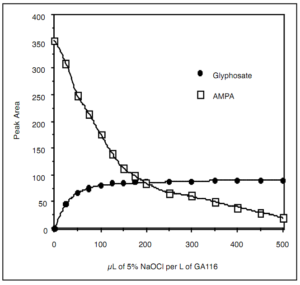


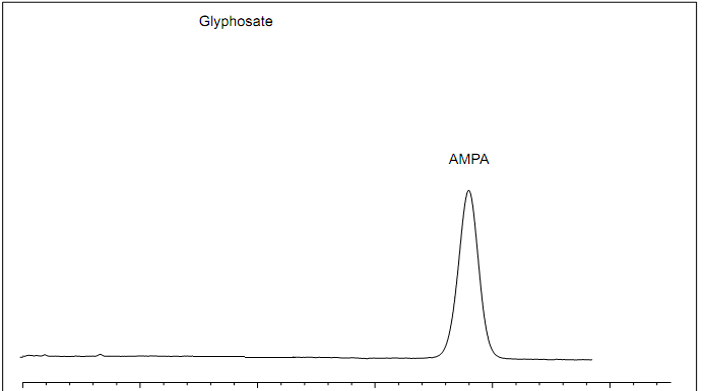
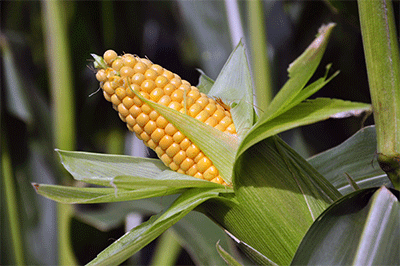 Back in May, we
Back in May, we 







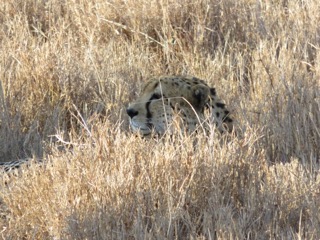


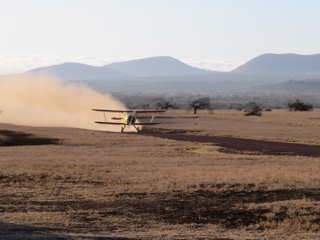



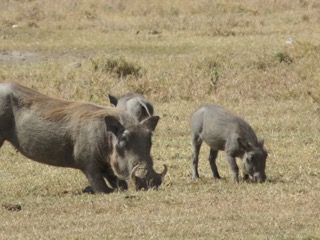
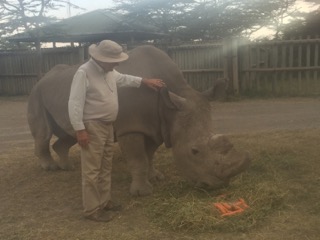 onsidered extinct in the wild, the last three
onsidered extinct in the wild, the last three 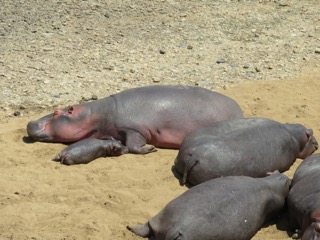




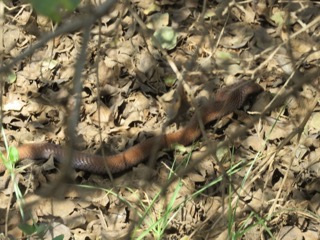 On our very last day in Kenya, we were treated to a rare treat. I was sitting outside the lodge, soaking in the sights and sun, when I spotted movement at the edge of the lawn. There was some distance of grass forming a manmade lawn, and from there a clear edge to more natural foliage, fallen leaf debris and assorted bush. Running parallel to the lawn, I watched as something moved just exactly along the edge. Of course I needed to evaluate from a closer distance, so I called to Judy to bring the camera and set out across the grass. A snake! How excellent! By the time Judy arrived with the camera it had moved off some ways into the brush, but we were able to take enough pictures that, combined with my detailed descriptions, the lodge safari guide was able to find the snake in his book: a black-necked spitting cobra! Truly a delightful find.
On our very last day in Kenya, we were treated to a rare treat. I was sitting outside the lodge, soaking in the sights and sun, when I spotted movement at the edge of the lawn. There was some distance of grass forming a manmade lawn, and from there a clear edge to more natural foliage, fallen leaf debris and assorted bush. Running parallel to the lawn, I watched as something moved just exactly along the edge. Of course I needed to evaluate from a closer distance, so I called to Judy to bring the camera and set out across the grass. A snake! How excellent! By the time Judy arrived with the camera it had moved off some ways into the brush, but we were able to take enough pictures that, combined with my detailed descriptions, the lodge safari guide was able to find the snake in his book: a black-necked spitting cobra! Truly a delightful find.
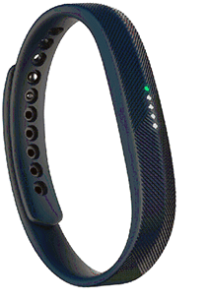 Pickering Labs would like to congratulate the winners of our last newsletter’s Glyphosate Quiz: David Green from Pepperdine University Natural Science Division, Jim Balk from the DHHS Public Health Environmental Laboratory, Narjes Ghafoori from LA County Environmental Toxicology Lab, Karissa Scroggins from North Coast Laboratories, Helene Lachance from Shur-Gain Nutreco, Tom Schneider from Suffolk County Water Authority, and Irene Taylor from Orange County Utilities Water Division Laboratory!
Pickering Labs would like to congratulate the winners of our last newsletter’s Glyphosate Quiz: David Green from Pepperdine University Natural Science Division, Jim Balk from the DHHS Public Health Environmental Laboratory, Narjes Ghafoori from LA County Environmental Toxicology Lab, Karissa Scroggins from North Coast Laboratories, Helene Lachance from Shur-Gain Nutreco, Tom Schneider from Suffolk County Water Authority, and Irene Taylor from Orange County Utilities Water Division Laboratory!
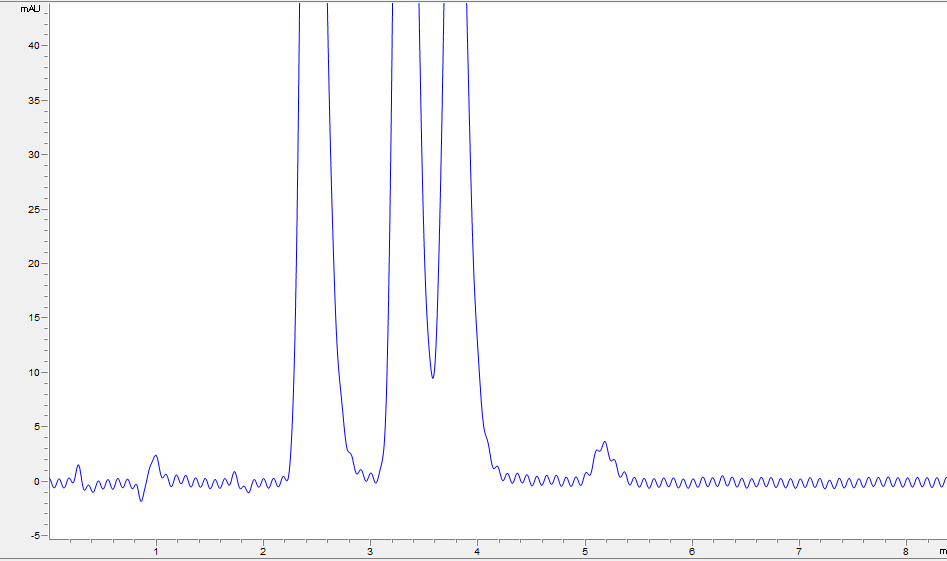
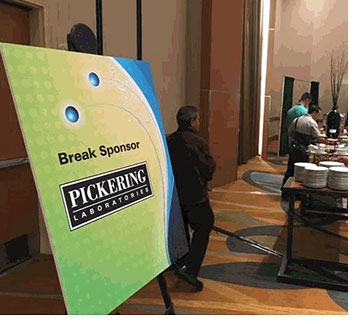 Rebecca Smith and David Mazawa hopped on a quick flight down to John Wayne Airport earlier this month, but they weren’t heading to Disneyland! Pickering Laboratories, Inc. was proud to sponsor and exhibit at the 2016 Environmental Measurement Symposium, which is the combined meeting of the Forum on Environmental Accreditation and the
Rebecca Smith and David Mazawa hopped on a quick flight down to John Wayne Airport earlier this month, but they weren’t heading to Disneyland! Pickering Laboratories, Inc. was proud to sponsor and exhibit at the 2016 Environmental Measurement Symposium, which is the combined meeting of the Forum on Environmental Accreditation and the 